Why does Seattle’s original Starbucks still draw long lines, even as independent cafes thrive with locals? This goes beyond just a cup of coffee—it’s a deeper battle over cultural identity and consumer preference playing out in the heart of the city.
Starbucks: A Tourist Beacon
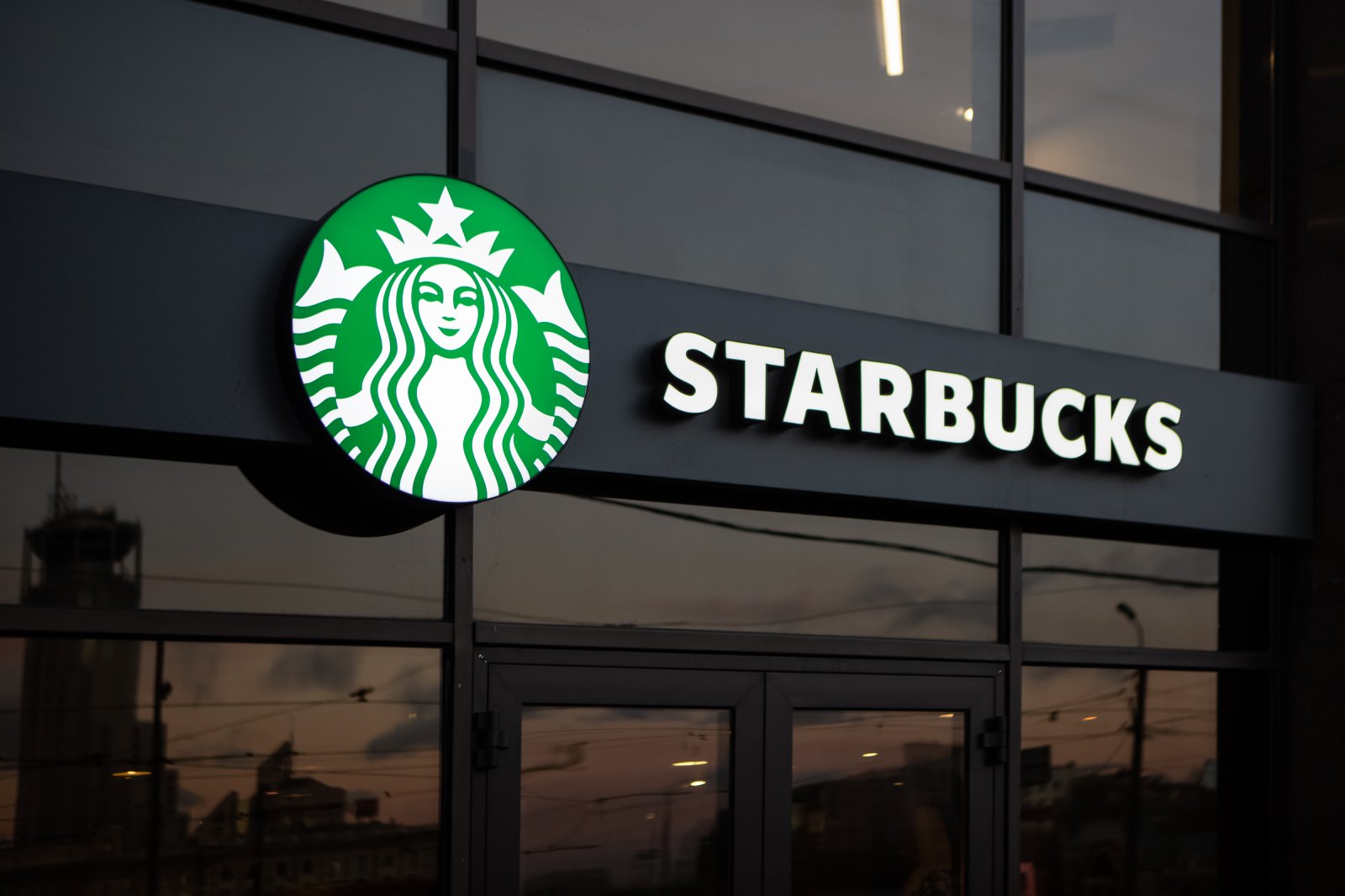
The original Starbucks at Pike Place, despite being one of many in the city, remains a tourist magnet. This flagship store represents the birthplace of a global empire that now dominates with 15,000 locations across the U.S. It’s more than a coffee shop; it’s a pilgrimage site for visitors.
Independent Shops: The Local Choice
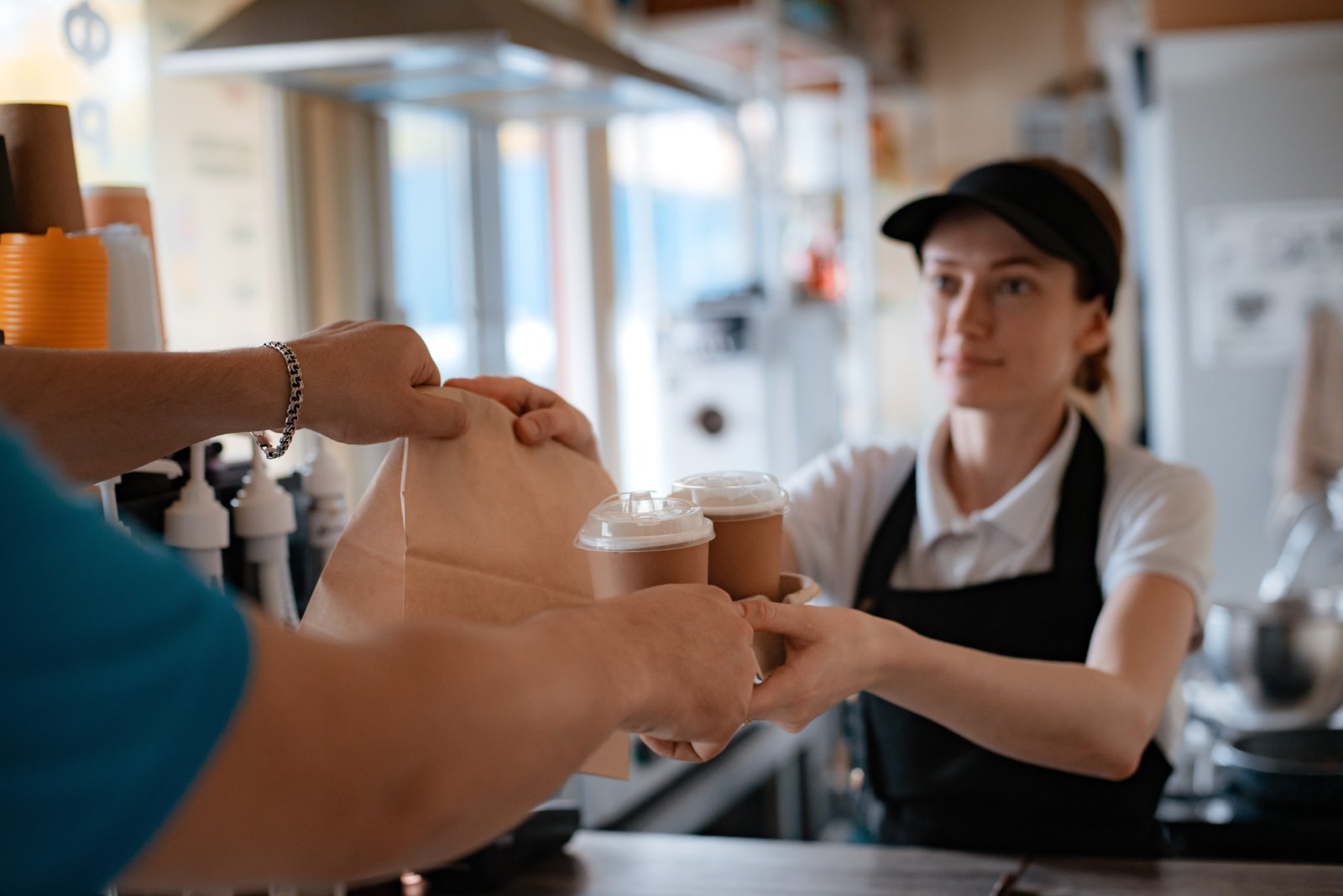
In contrast, Seattle’s independent coffee shops, like C & P Coffee and Zeitgeist, are deeply woven into the city’s fabric, serving as community hubs for locals. These shops often feature coffee from local roasters and provide a cozier, more personalized coffee experience than the corporate giants.
Comparing Revenues

Financially, the contrast is stark. While Starbucks reports billions in global revenues, local shops rely heavily on community support to thrive. The difference in scale is immense, with Starbucks commanding a significant market share just through its sheer number of outlets.
Locals vs. Tourists
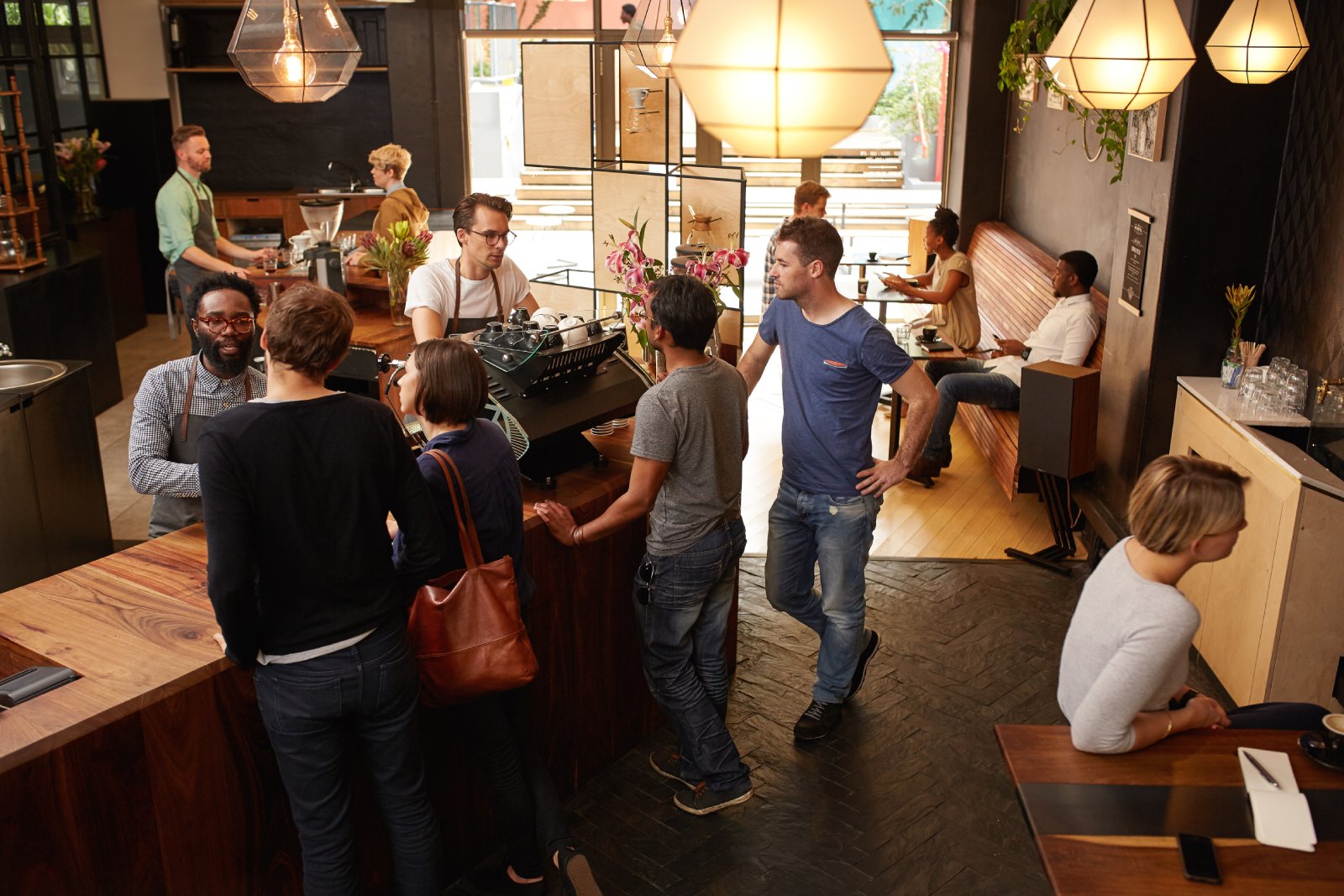
Tourists are drawn to the novelty and history of chains like Starbucks, while locals often prefer the quality and authenticity of independent cafes. This divide is reflected in spending patterns, where locals sustain smaller shops that emphasize quality and craftsmanship over convenience.
Coffee Shop Density and Preference

Seattle ranks among the top cities in the U.S. for coffee shop density, with a mix of both chains and independents densely packed into its streets. This density fuels the rivalry, with chains often positioned in high-traffic tourist areas and independents in neighborhoods where deeper local ties are formed.
The Struggle for Survival
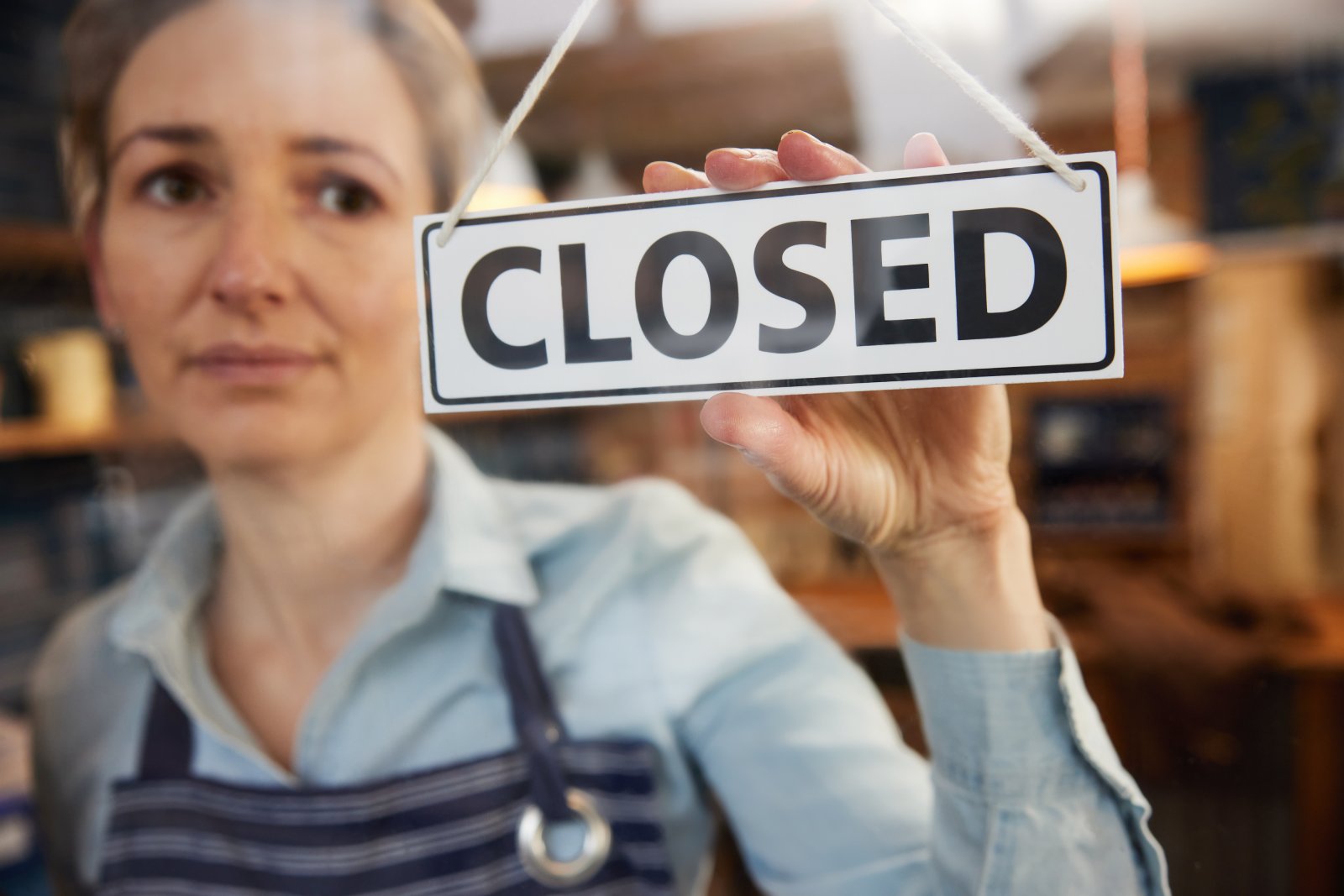
Despite their popularity, independent coffee shops face a high rate of closure, with more than half shutting down within five years of opening. This instability contrasts sharply with the robust financial health of chains like Starbucks, which continue to expand despite market saturation.
The Role of Baristas
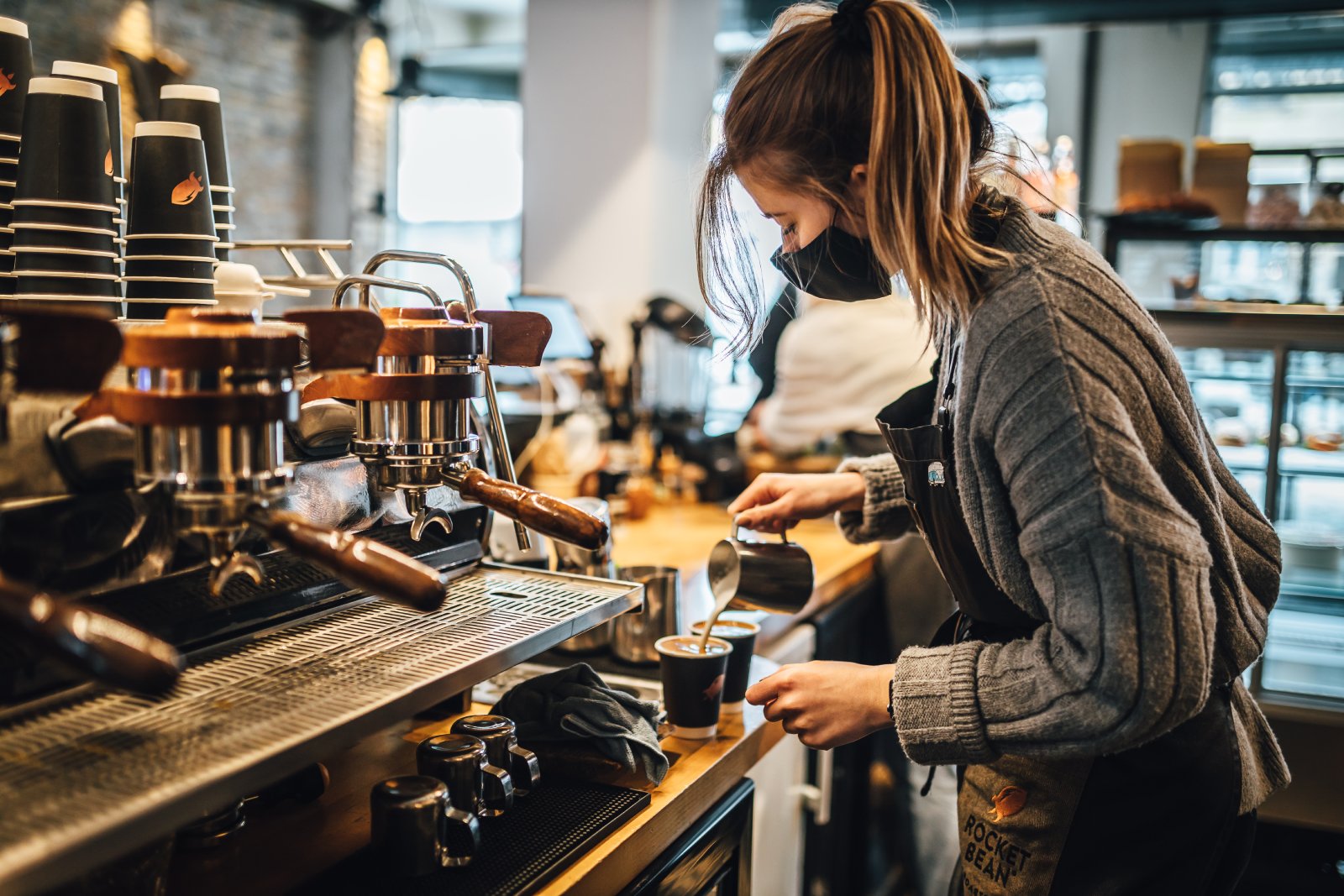
In independent cafes, baristas often play a dual role as both coffee experts and community builders, which is less emphasized in chain establishments. Their craft is a key differentiator, attracting locals who value expertise and personal interaction over the standardized approach of chains.
Innovation vs. Standardization
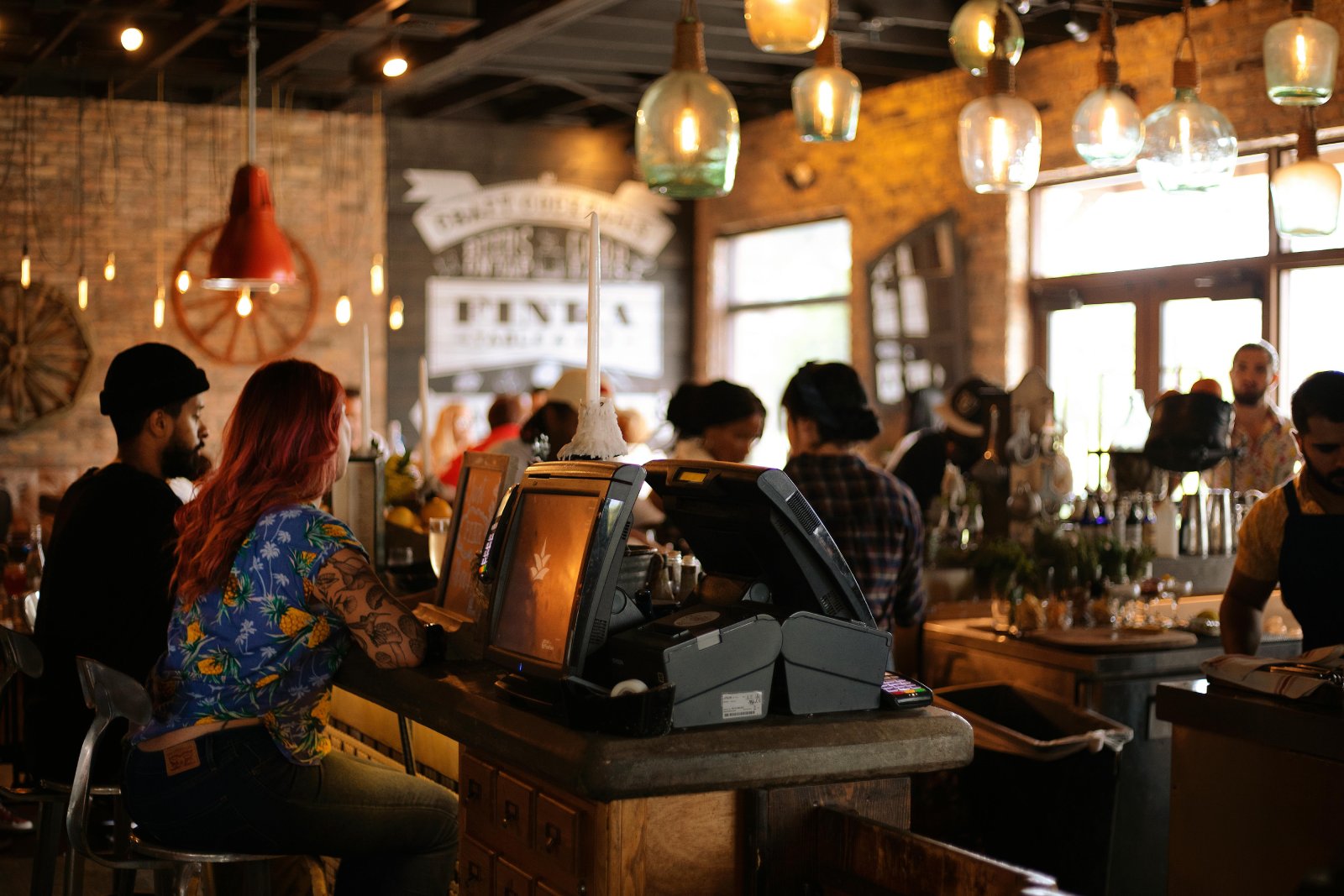
As Seattle continues to grow as a coffee hub, the tension between innovation in independent shops and the standardization by chains shapes the landscape. Will independents continue to innovate and thrive, or will the financial power of chains like Starbucks overshadow them?
Environmental Impact and Sustainability

The environmental impact of coffee production and service is another battlefield. Independent shops often promote sustainability through local sourcing and eco-friendly practices, while chains struggle with the implications of their global footprint.
Cultural Impact and Identity
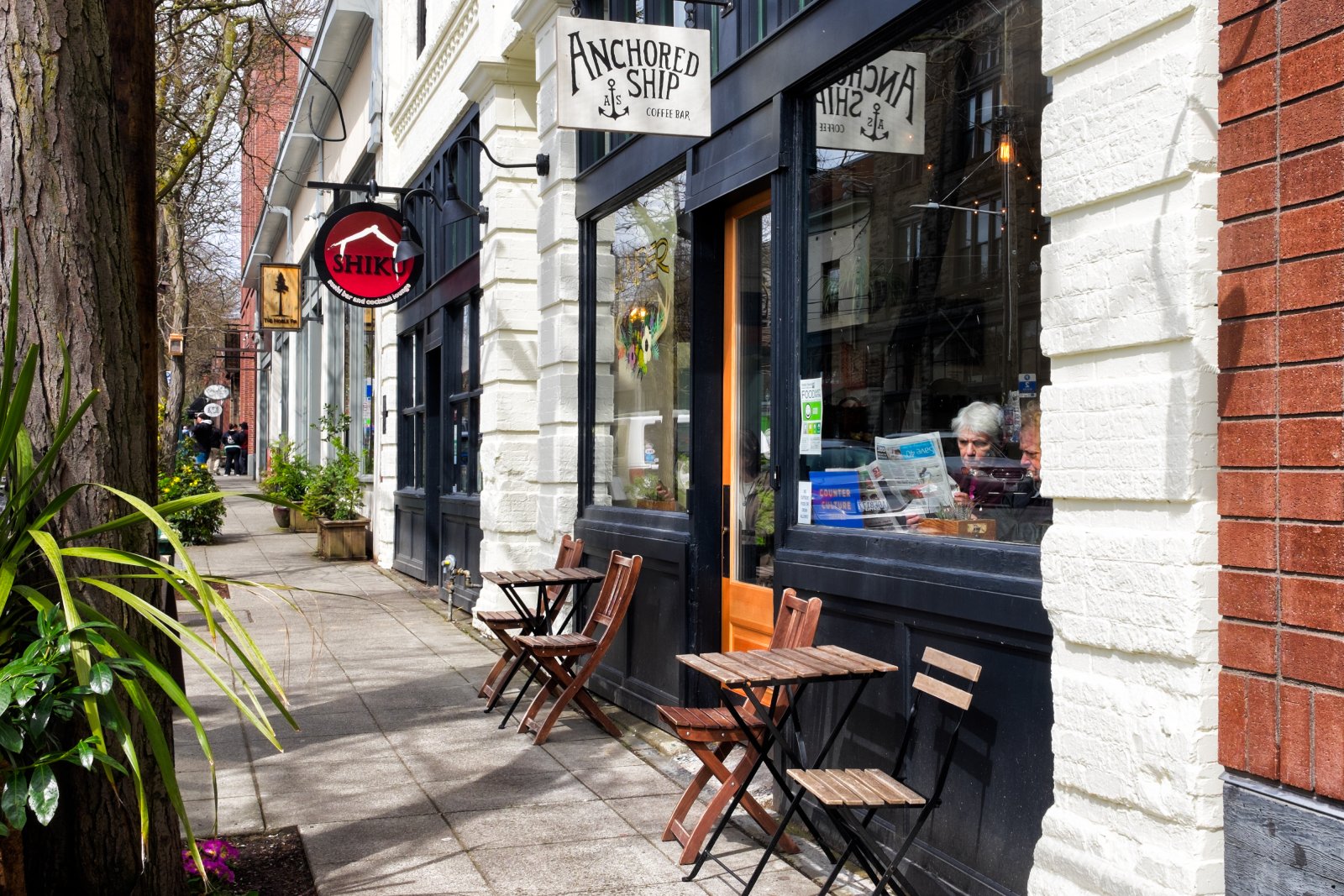
Coffee shops in Seattle aren’t just about coffee; they’re about culture and identity. Independents often reflect the city’s progressive values and artistic flair, while chains bring a sense of global homogeneity.
Economic Disparities
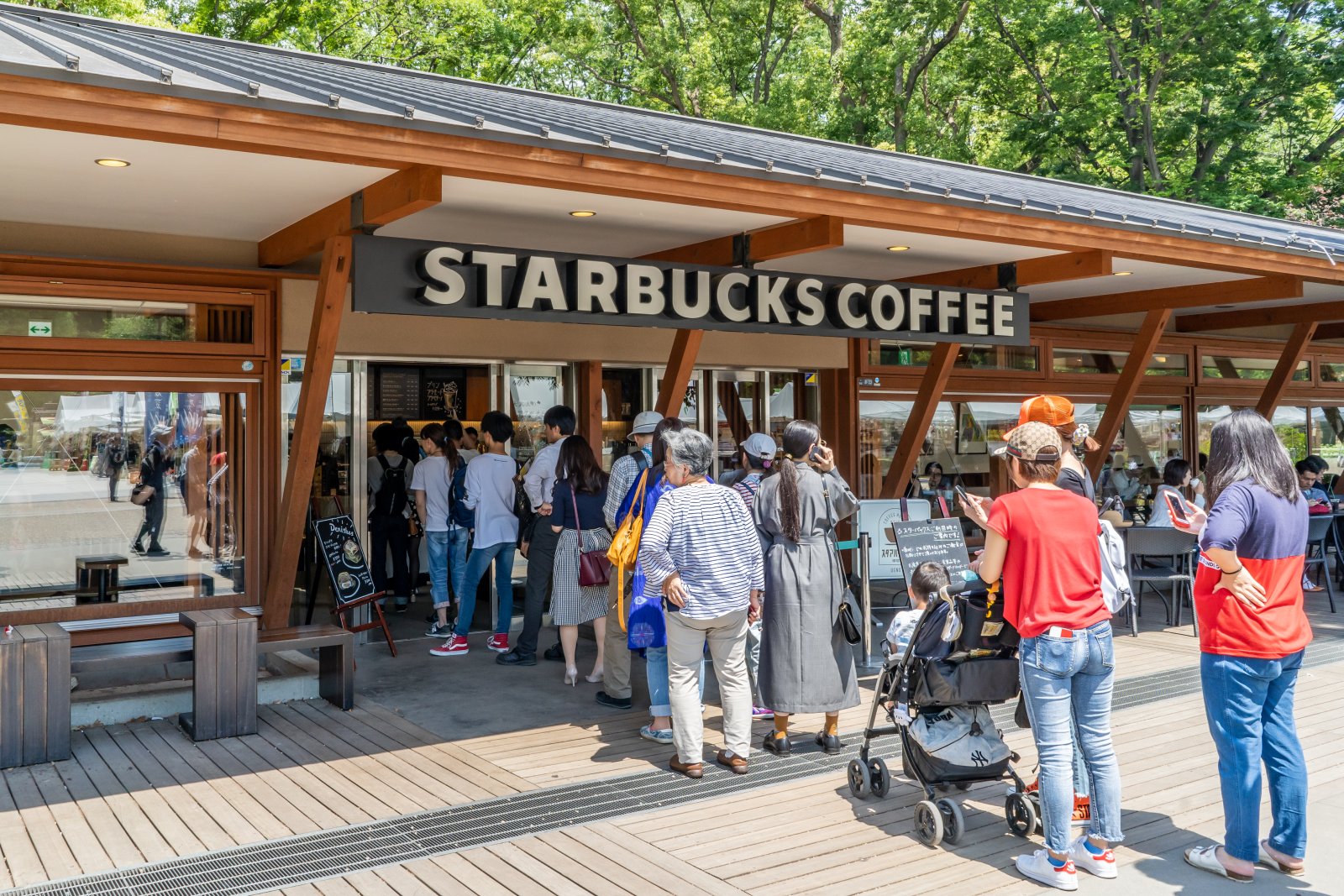
Economic disparities between chain and independent shops are profound. Starbucks can leverage economies of scale to keep prices down and margins high, while independents may struggle with higher costs for local, quality ingredients.
Marketing Strategies

Marketing is another area of conflict. Chains have the budget for massive advertising campaigns, while independents often rely on word of mouth and the loyalty of their local customers.
Community Engagement

Community engagement is a stronghold for independents. They often host local events, support local artists, and engage with community issues, something that large chains typically cannot emulate on a local level.
Technological Innovations

In the age of mobile ordering and loyalty apps, chains like Starbucks are often ahead, thanks to bigger budgets for tech innovations which can enhance customer convenience.
Customer Loyalty and Retention

Loyalty is less about coffee and more about experience. Independents often build strong, personal relationships with their customers, turning casual visitors into regulars through a personal touch that chains cannot often replicate.
Training and Employment

Training and employment practices also vary widely. Chains can provide extensive training programs and career paths, while independents may offer a more flexible and personally rewarding work environment.
Legislative and Regulatory Challenges

Both chains and independents face legislative and regulatory challenges, but the scales are often tipped in favor of those with the resources to influence policy and compliance requirements.
Future Trends and Predictions

As Seattle’s coffee culture evolves, the dynamic between chains and independents will likely continue to ebb and flow. Trends such as sustainability and artisan methods may dictate the future trajectory of this ever-brewing rivalry.
The Clash Continues

This ongoing clash between corporate chains and independent cafes encapsulates a broader cultural and economic battle within Seattle’s vibrant coffee scene. Each cup of coffee sold not only represents personal taste but also a choice between supporting global corporations or local businesses.
Millennials Are Over It: 25 Reasons Woke Culture Is Losing Its Charm

Has the push for progress tipped too far into preachiness? Here’s why many Millennials might think so. Millennials Are Over It: 25 Reasons Woke Culture Is Losing Its Charm
Is It Time Boomers Paid the Price for America’s Economic Inequality?

The American Dream feels more elusive than ever, especially for younger generations. What was once achievable through hard work now faces significant hurdles, from skyrocketing college costs to the challenging pursuit of homeownership. Here’s a look at why it’s tougher for Millennials and Gen Z compared to Baby Boomers. Is It Time Boomers Paid the Price for America’s Economic Inequality?
Rent Crash in California: Landlords Scramble as Prices Take a Hit
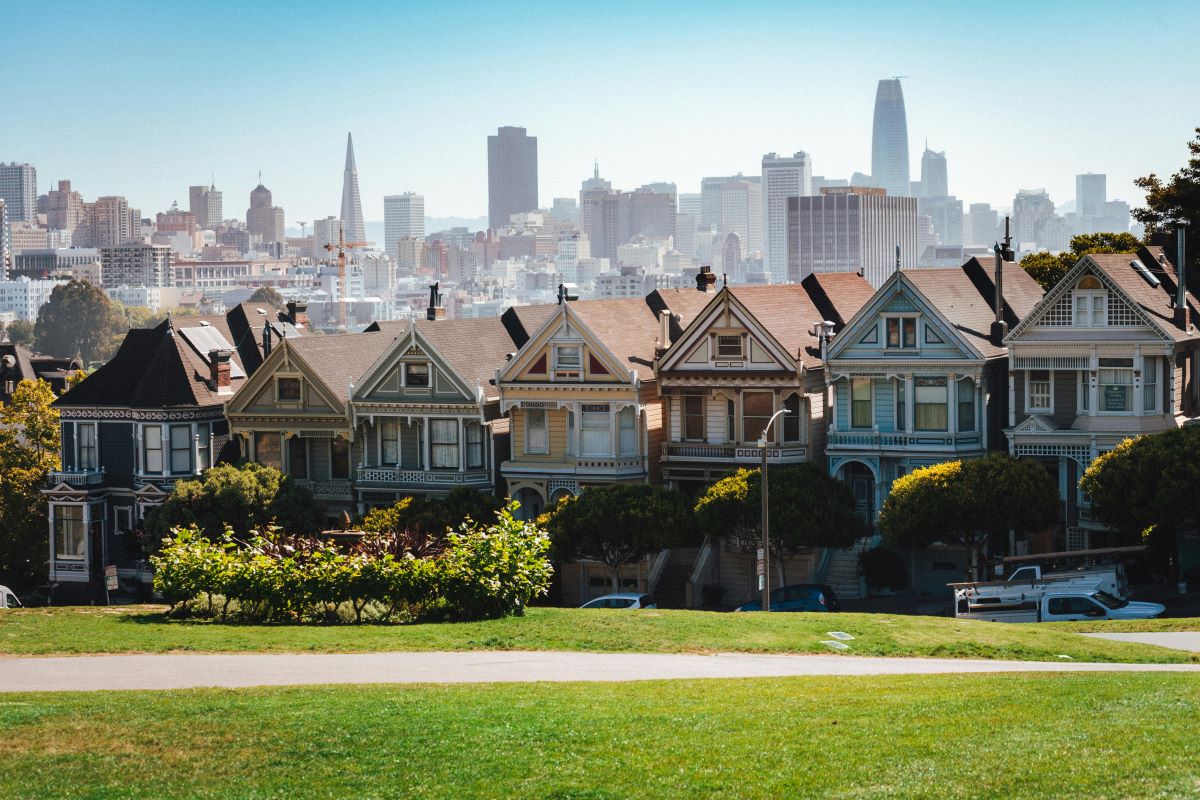
California’s rental market is taking a nosedive, with major cities seeing huge drops in rent prices. Rent Crash in California: Landlords Scramble as Prices Take a Hit
Featured Image Credit: Shutterstock / Mix and Match Studio.
The content of this article is for informational purposes only and does not constitute or replace professional advice.
The images used are for illustrative purposes only and may not represent the actual people or places mentioned in the article.

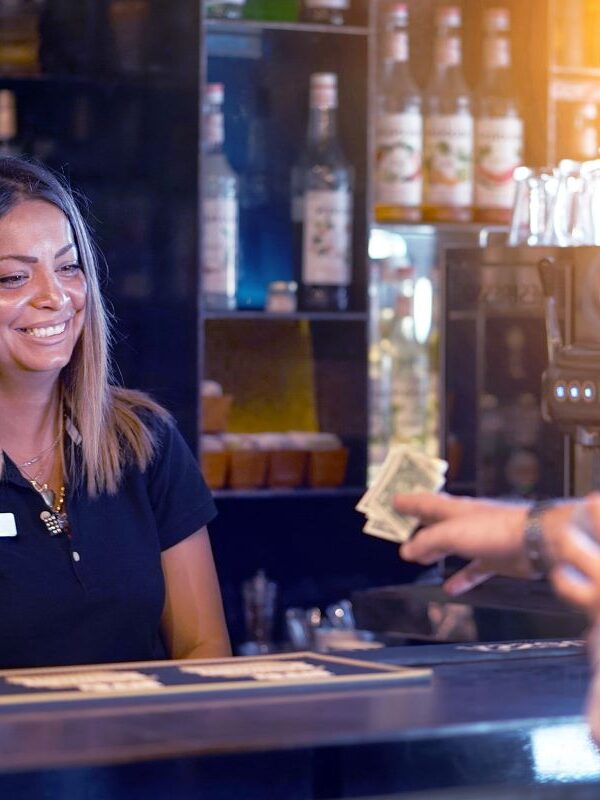



Leave a Reply